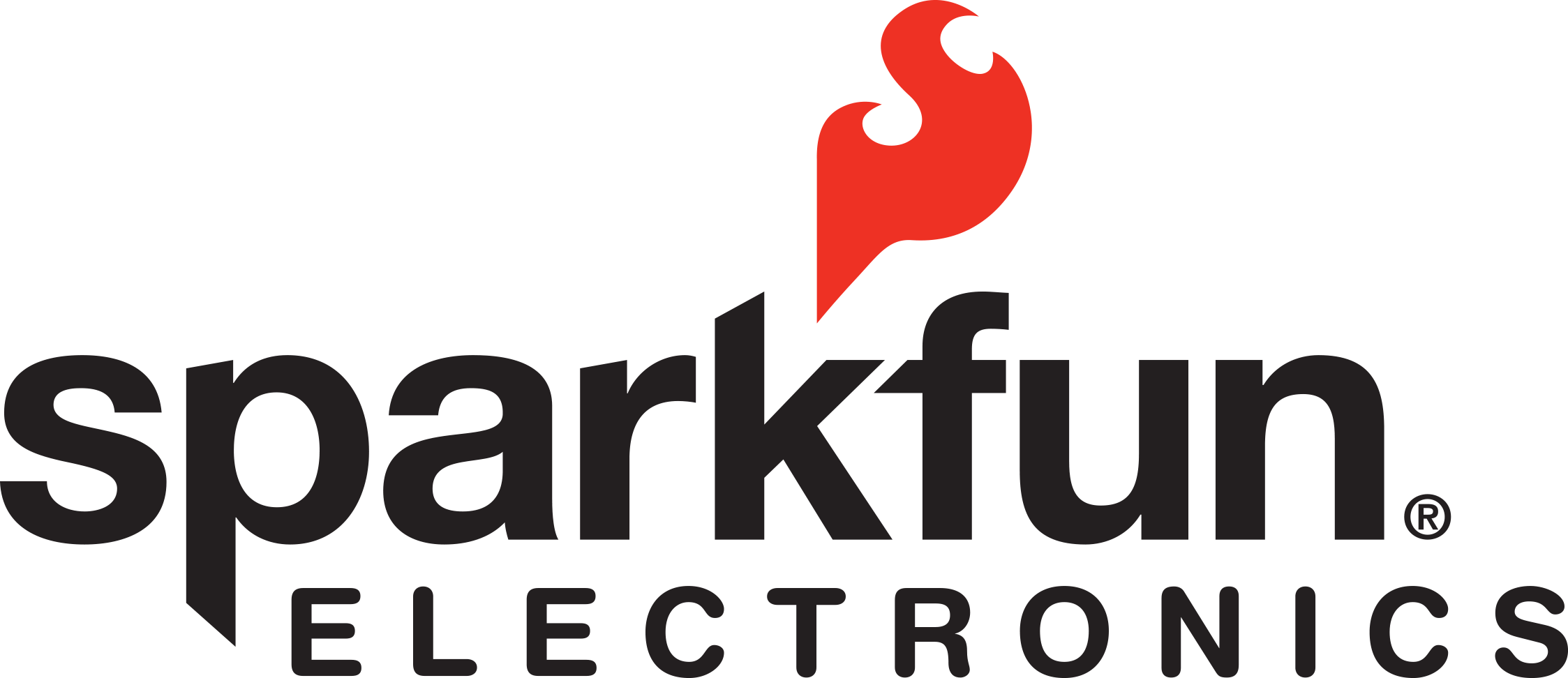
SparkFun
SparkFun is a leading provider of electronics products and resources for hobbyists, makers, and professionals. Established in 2003, they offer a wide range of open-source designs including development boards, sensors, components, and tools. Their products cater to various applications such as robotics, IoT, wearable technology, and digital fabrication. The company's mission is to make technology more accessible and fun. They offer tutorials, projects, and resources on their website, encouraging innovation and creativity in the electronics community. SparkFun is committed to providing exceptional customer support and extensive documentation for their products, catering to individuals of all skill levels. SparkFun actively engages with their community through forums, events, and workshops, fostering a collaborative learning environment. Their commitment to accessibility, affordability, and community engagement has established them as a trusted name in DIY electronics. Overall, SparkFun is a reputable company that provides high-quality electronics products while promoting accessibility and innovation within the electronics community. With their emphasis on customer satisfaction and community engagement, they have become a leader in the industry.
3D Printers
Results:
2
Series
Working Dimensions
Contents
Voltage - Supply
Interface
Features
Results remaining:2
Applied Filters:
SparkFun
About 3D Printers
3D printers are innovative machines used for rapid prototyping, utilizing composite thermoplastic filaments to construct three-dimensional models through a process known as fused deposition. These printers exhibit a variety of features and specifications that contribute to their capability and performance. Open or closed framework: 3D printers can feature either an open or closed design. Open-framework printers provide easy access to the printing area and are often preferred for their flexibility and accessibility. In contrast, closed-framework printers offer a controlled environment with enclosed chambers, which can be advantageous for maintaining stable printing conditions and managing temperature-sensitive materials. Manufacturer's series: Different manufacturers offer various series of 3D printers, each tailored to specific application requirements and user preferences. These series may encompass distinct models with varying capabilities, such as print resolution, build volume, and material compatibility. Interface type: 3D printers are equipped with different interface options for initiating and controlling printing processes. Common interface types include SD card, USB, and Wi-Fi connectivity, providing users with convenient methods for transferring digital model files to the printer and managing print settings. Power supply: The power supply of a 3D printer is a critical component that directly influences its performance and reliability. Printers may be designed to operate on standard household voltage or require specialized power input based on their energy demands and heating requirements. Filament size: 3D printers accommodate specific filament sizes, typically ranging from 1.75mm to 3mm in diameter. The filament size compatibility of a printer determines the range of filament materials that can be used, including popular thermoplastics like PLA and ABS, as well as advanced composite filaments. Print speed: Print speed refers to the rate at which a 3D printer can deposit and solidify material layers to create a physical object. This parameter directly impacts the efficiency and duration of the printing process, influencing overall productivity and turnaround time for completing models. Bed size and print height: The bed size defines the maximum dimensions of the printing surface, determining the largest area within which the printer can fabricate objects. Print height specifies the vertical extent to which the printer can build models, affecting the maximum height achievable for printed structures. These diverse attributes collectively define the operational capabilities and technological specifications of 3D printers, catering to the evolving needs of designers, engineers, educators, and hobbyists across various industries and applications.


